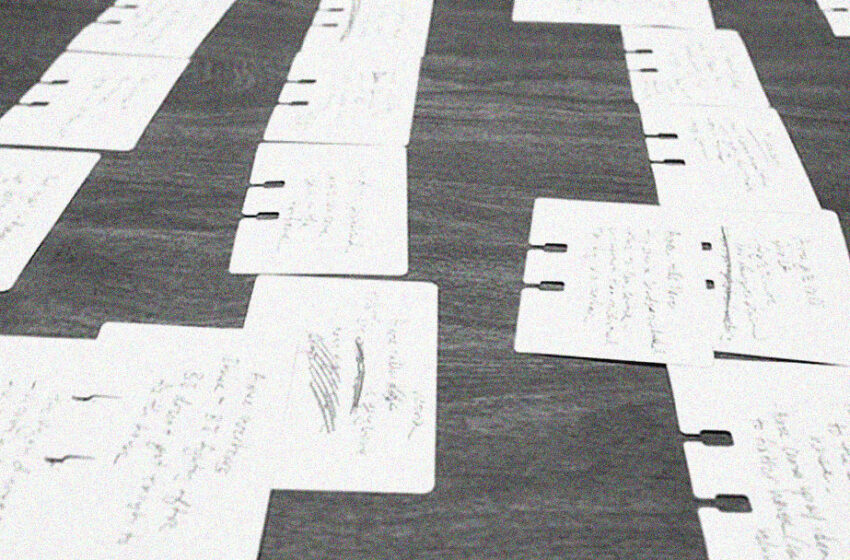Make a Comic: Three Tips for Formatting a Comic Book Script

There is no “right” approach to design a comic book content. What’s significant when finding a scripting style is that it’s functional for you as an author. What it means by “functional ” is that it makes scripting—your leg of the comic book creation measure—simple for you. A few essayists, for instance, incline toward a screenplay-style plan and utilize the Final Draft scripting programming since it recollects style examples and makes it so they don’t need to do a ton of manual content arranging. Sort out what makes scripting a simple and effective cycle for you, and achieve that in your composition. Here are three tips for formatting a comic book script.
Maintain Story Page and Script Page Ratio:
The number of story pages and the content pages ought to consistently be in a proportion of 1:1. There are a few explanations behind this, one of them being a visual game plan. For a craftsman to draw and handle the data effectively, the data gave to him to a story page ought to be on a solitary content page. One more explanation behind actualizing the 1:1 proportion is that it keeps you from overwriting the content. Novice comic essayists regularly are ongoing to composing unpredictable and extensive board depictions with long character discussions in each board inevitably finishing off with the check of content pages. This is the most exceedingly awful thing that can happen to a comic craftsman and everything must be done to maintain a strategic distance from this in your contents. Jim Lee, a Korean American comic-book artist, writer, editor, and publisher, currently the Publisher and Chief Creative Officer of DC Comics says, “One of the key characteristics of the comic book medium is that it is not brought to life by just one voice. These universes are developed and evolved by multiple creative voices, over multiple generations.”
Basic Panel Descriptions:
For comic book writers, probably the best territory that they battle in is panel descriptions. A panel description should inform an artist concerning which characters are in the panel, the activity in the panel, and where the panel is going on. So, who, what, where, when, and in what manner ought to be obvious to an artist. While composing a panel description, attempt to keep it straightforward. Other than the previously mentioned data, if you wish to include more it tends to be done in supplemental pages. Cameron Stewart, best known for his work as a co-writer and co-artist of the famous New York Times best-selling DC Comics ‘Batgirl’. Cameron Stewart Comics are products of exceptional comic book formating, writing and illustration.
Utilize Supplemental Pages:
Toward the start of comic book content, start utilizing supplemental pages if you don’t do it. There are numerous favorable circumstances for utilizing supplemental pages. use summary, characters, settings, and other supplemental pages. The main advantage is that it helps in keeping lean panel descriptions that discuss characters and scenes. The subsequent advantage is that the entirety of the significant data on the supplemental pages is toward the start of your content for your colleagues or artists to read. The artist will think about the story and all characters before going to the principal page or the primary panel that will assist him with focusing on the technical perspectives.